Some people put on a horror film for a good scare and the urge to push the boundaries with what frightens them. Horror films tap into our fears, but most of the time this genre is doing more than just trying to keep you up at night. Horror films usually tell us something about the darker side of society. Some of us catch onto the messages being conveyed to us, and to others, it can go over their heads.
In the 1980s, the slasher film subgenre ruled the box office. Slicing millions and millions of dollars into the bank accounts of Hollywood studios. But were all those films just about people smoking, drinking, having sex, and then getting killed by a masked murderer with a frightful prowess? Or was this a response to something like the Ronald Reagan era and the excess of that decade?
The argument could be made that most horror filmmakers are just activists who can't get money for their documentaries, so they turn to the genre and speak of the horrors of the world in the form of monsters and fictional serial killers. There's always social commentary in horror, and here's a list of films that you may have missed the overall point of with what they're really trying to say.
The Last Winter (2006)
Indie horror film royalty, Larry Fessenden, directed this 2006 sci-fi horror film that holds timely themes today as the debate on climate change begins to reach an all-time high. In The Last Winter, An environmentalist (James Le Gros) is sent to evaluate the impact of an oil drilling company in the Arctic. He clashes with the man in charge (Ron Perlman) over the job being done.
Eventually, strange events begin to swirl around them. As the crew finds themselves isolated from the rest of the world, they find that they are trapped in the middle of Mother Nature's wrath. Its message is there but can be deemed subtle; if the Earth doesn't want us here, it may find a way to get rid of us.
The Dead Zone (1983)
This David Cronenberg-directed film may be one of the best Stephen King adaptations of all time. In The Dead Zone, Christopher Walken plays a schoolteacher named Johnny Smith, who wakes up from a coma years after his car accident. His life has changed completely, as he now has the power to see into people's pasts and even futures just by touching them.
A simple handshake with a rising politician, Greg Stillson (Martin Sheen), allows him to see into the future of having this man in power. He sees the danger that can be created if the man is given political power and decides he must kill him. The Dead Zone spends its last hour almost becoming a political thriller as it touches on the power a politician can hold and what the wrong kind of person can do with that power.
The People Under the Stairs (1991)
Wes Craven will be appearing a little later on this list, as he is no stranger to injecting the issues of the world into his films. The People Under the Stairs explores the topics of class warfare, race, and gentrification in America.
It's a scary and at times campy film about a young boy by the nickname of Fool (Brandon Adams), who teams up with a couple of crooks who plan to break into the home of the landlords who plan to put them on the street. Once inside, Fool comes to the realization of the other horrors that the couple is capable of when he enters the basement of the house.
Land of the Dead (2005)
Just like George Romero's previous "of the Dead" films, 2005's Land of the Dead dives deep into social commentary by using the "zombie" as an allegory for issues in the world. The film takes place in a world where the undead outnumber the population of human beings who have survived a zombie apocalypse.
Those who have survived live in a closed-off feudal society with ruthless class distinctions. Land of the Dead is a commentary on class warfare and tyranny at its most awfulness. And even if this installment into the "Dead" franchise took a few years to catch on with a wider audience, it's just more proof that George Romero was always ahead of the curve in terms of his ideology.
The Purge (2013)
The Purge started out as a high-concept, low-cost horror film and has now evolved into its own terrifying universe that, oddly enough, has a lot to say about the world around us. The franchise as a whole is a commentary on different issues in America, but the original one delivers on the foundations of it all quite well. One night a year, murder is legal for 12 hours.
In The Purge, it is the wealthy that are able to barricade their houses and survive the night. Thus making the poor, lower-class people of the country fight for survival. On paper, The Purge is created for people to air out their primal natures for one night a year, when in actuality it is all about population control and letting the poor kill one another while the wealthy sit back and watch.
The Babadook (2014)
A lot of horror films always touch on the topic of mental health, especially these days. The Babadook is nearly 10 years old, and it feels like the first of a long list of films from the past decade that tackle these issues. Amelia (Essie Davis) witnesses the horrifying sight of her husband dying violently.
She must then raise her son on her own. It's easy to say that Amelia is crazy as she struggles to manage her son. But she clearly has an undiagnosed mental health issue. The title character is something that haunts the mother and son in their home. But the physical appearance of it is an allegory for a traumatic past.
The Crazies (1973)
The Crazies is a 1973 indie horror film by George Romero. It's about a military plane crash near a small town. The crash releases a deadly virus into the water supply, infecting the townspeople. Insanity ensues even more when the military moves into control of the situation.
On paper, this sounds like another zombie thriller, but what it actually is about is distrust for authority after the Watergate scandal from years earlier. It is also about the effects of military occupation and gives off the sense that it is condemning the military for the Vietnam War. Finally, it examines the destruction of the environment quite well. The 2010 remake of it, starring Timothy Olymphant, share the same plot line, but in terms of commentary, maybe not so much
The Invisible Man (2020)
Blumhouse's remake of The Invisible Man is one of the best horror remakes of all time. A movie released right when the COVID-19 pandemic shut everything down that never got overlooked or swept away for people to watch at a later date. The updated version, starring Elizabeth Moss, is about a crazed scientist who stages his own suicide but uses one of his creations to stalk and terrorize his ex-girlfriend. The Invisible Man tackles the gut feeling that something is very wrong incredibly well. Paranoia is at an all-time high.
And it was the 2020 article by the Daily Dead that analyzed it the best, as The Invisible Man perfectly encapsulates a feeling that women know all too well about being uncomfortable and that something is off. It also nails the experience of abuse victims really well, and constantly having the feeling of having to look over their shoulder.
Us (2019)
Most of us can pick up on what Jordan Peele's first film, Get Out, is about. It's his second that you have to dive a bit deeper into. 2019's Us follows the Wilson family on a beach vacation in Santa Cruz. It is the same beach where Adelaide (Lupita Nyong'o) encountered her doppelgänger when she was a young girl; we feel her anxieties about this trip in the first act. Adelaide's doppelgänger returns with her family's twins as well. Thus creating havoc on their lives.
Us is a wild ride of a movie, but what it's actually talking about is the class system in America between rich and poor. It's all over the film; you just have to look for it. A theme that can be overlooked is the references to the Hands Across America event in 1986 that is brought up a lot. An event that raised 34 million for world hunger assistance but only donated 15 million of it to charities. The film is about the underprivileged and the poor, the supposed darker side of society, and society is all of us, rising up and pushing back against the oppressor.
Teeth (2007)
Teeth is one of the most well-crafted indie horror films of all time. And more than 15 years later, it remains more socially aware than ever. It's a film about sexual agency and female oppression. Jess Wexler plays the role of Dawn O' Keefe; once she is sexually assaulted, she learns that her vagina has sharp teeth.
What very easily could be laughed at as B-movie fodder about a woman's murderous sexual organs actually ends up doing a remarkable job of commentating on sexual assault and examines religious and sociopolitical agendas that are implemented into society to oppress women.
American Psycho (2000)
The term toxic masculinity gets mentioned a lot these days. More than 20 years ago, it was the centered theme of American Psycho. The Christian Bale-led film, based on the story by Bret Easton Ellis, takes place in New York City in 1987, during the height of the era of the yuppies. Patrick Bateman (Bale) is successful at his job but lives a double life as a gruesome serial killer at night. It's funny at times, but genuinely horrifying to see the elements on display that make a man a monster.
Having a woman direct this film also adds to it. Mary Harron gives a satirical approach to the material, but what's scary is how fans of the film seem to praise Bales performance in the movie. It shows us that there is still a chunk of society that doesn't seem to quite get it.
Videodrome (1982)
Videodrome is a body horror film about a sleazy television executive who becomes enamored with a new show he airs on the channel, Videodrome. A show with graphic torture and other forms of punishment on it. However, after his girlfriend auditions for the show and vanishes, he begins to investigate the truth behind the show.
Videodrome is a vision of the future by 1983's standards. Director David Cronenberg is ahead of the curve in showing us how the influx of media given to us buffet-style can be detrimental to us. From pornography to media products, cable television to internet beheadings, we consume content until it kills us. Videodrome does go down a bit of a wormhole, but themes are still prevalent 40 years later.
They Live (1988)
John Carpenter has given us a long filmography that will still be viewed hundreds of years from now. It's hard to argue what his best film is, but They Live may be his most important. Based on the short story "Eight O'Clock in the Morning", by Ray Nelson, They Live follows Nada (Roddy Piper), a man who wonders into Los Angeles looking for work. He comes across a pair of sunglasses that, once on, show him what the world truly is. A film that is released at the end of the 1980s and feels so real as it explores themes of propaganda.
Carpenter has mentioned that They Live came from his dissatisfaction from the economic policies of President Ronald Reagan. Everything was commercialized by the end of the 1980s, and so is everything today. And yet around every corner there are militarized police, conspiracy theorists planting ideas in our heads, economic inequality, and news that corrupts our minds. They Live is a warning sign; it's not science fiction; it's a documentary.
Society (1989)
Prepare to be repulsed. Directed by Brian Yuzna's, Society is about a teenager named Bill Whitney who begins to suspect his high-class family may be up to something strange. His suspicions turn out to be true, but they exceed his expectations of what they actually are. He returns home one night to see a grotesque orgy being held by his high-class parents. As all the rich people in Bill's neighborhood perform the act of 'shunting'. An act where these people physically morph into one another to feed off the nutrients of each other.
The body horror element of the film has some of the most over-the-top, disgusting gags ever produced. All of these wild set pieces can easily blind you to the social satire of the film of the rich feeding off of the poor and the strange secret societies out there in the world that, with enough money and power, one could buy their way into, if you're into that sort of thing.
Carrie (1976)
Carrie is one of the most dramatic portrayals of an outcast member of society ever. From the Stephen King novel to the Brian De Palma adaptation, Carrie tells the story of a telepathic teenage girl with a tortured soul. In school, she is bullied and cast aside, and tragically, she doesn't have a great home life either with her abusive mother. All of this culminates in the film's climactic moments, where she gets her vengeance.
A brutal portrayal of teenage life and how society treats its rejects, yet both the book and the film make us look inward as to how we view ourselves and maybe someone who fits the characteristics of someone like Carrie.
Dawn of the Dead (1978)
It's very easy to spot the social context in George Romero's Night of the Living Dead. But his next zombie film deserves a little more studying for some to get the messages being conveyed on screen. Dawn of the Dead is about a radio host, his girlfriend, and two SWAT officers who take refuge in a shopping center as the world begins to be surrounded by the walking dead. The film is clearly taking aim at American consumerism as the zombies begin to flock to the mall.
There are parts of the film where some of the survivors begin to rob money from the registers of the stores at the mall, when in fact the dollar is now worthless in this world. The zombie isn't the monster trying to kill you in Dawn of the Dead; the zombie is actually you.
Jennifer's Body (2009)
A box office bomb upon its 2009 release, but has gained cult status as the years have gone on. Jennifer's Body is about a high school It girl (Megan Fox) who gets possessed by a demon and goes on a hunger spree of killing boys who never had a chance with her. Once her nerdy friend Needy (Amanda Seyfried) learns about this, she decides to put a stop to it. Jennifer's Body is such an accurate satire that it's easy to think the movie is just bad upon first viewing.
The Diablo Cody script, under Karyn Kusma's direction, gives us a sexual assault revenge story from a feminist's perspective. It's a smart commentary on female sexuality injected into a film that also feels like a coming-of-age comedy at times.
Invasion of the Body Snatchers (1978)
Invasion of the Body Snatchers has been remade multiple times and fuses its themes of aliens taking over with social commentary in many different ways. The original 1956 version was subliminally about the communist red scare. The Abel Ferra 1990s version touched on themes of "Don't Ask, Don't Tell" and the AIDS epidemic, but it's the 1978 classic that a lot of people always go back to. There are themes of not knowing who to trust and conformity woven throughout the film.
But with the Vietnam War still fresh in people's minds at the time, the film definitely feels like a metaphor for how some Americans viewed the government in a post-war world. The pod people in the film feel like an allegory for the manipulation of American citizens. It must be pointed out that this version takes place in San Francisco, a city often known for its liberal and sometimes radical outlook on politics. It's interesting how timely these Invasion films are for the eras of which they were produced, and yet they all still hold up due to the problems we still face today.
It Follows (2014)
It Follows is about a supernatural entity that pursues a young woman after a sexual encounter. Maika Monroe plays the film's lead, who, after being given this curse, now must constantly be looking over her shoulder as she starts seeing strange looking people slowly pursuing her. Now she must continue to spend her days keeping herself further and further away from this strange force that stalks her. Most people like to say It Follows is about sexually transmitted disease's; others argue that it is about the loss of innocence and how once those good ol' days are over, you start to hear the clock ticking on your mortality. But a lot of the film's social messages are right there for us in the setting; they're just not in the plot.
The film deals with generational issues between parents and children. Specifically Millennials and Baby Boomers. The kids in the film have parents that never have a line in the movie, yet they're in the background sitting alone, drinking and smoking. It Follows takes place somewhere near Detroit, one of the worst real estate markets in America (at the time), thus showing us the economy collapsing around them and the middle class beginning to dissolve. The film is about the problems caused by past generations following the next generation as they try to create a life for themselves.
The Last House on The Left (1972)
"To avoid fainting, keep repeating, It's only a movie.... Only a movie.... Only a movie". That is the tagline for Wes Craven's controversial shock fest, The Last House on the Left. The film is a tough watch about two teenage girls who go to a concert, but then attempt to buy drugs, only to be met by a group of escaped murderers who sexually assault and torture both of them and, in the end, kill them both. From there, the convicts seek refuge at a nearby house, which is home to one of their victims parents. It doesn't take much time for their parents to figure out who they are and plot their revenge. The film is overtly violent, but its director defended its violence on screen as a metaphor for the Vietnam War.
At the time, many action and horror films still dialed back the bloodshed and grittiness. Wes Craven's argument was that if we can show footage of horrific scenes of violence in the war overseas on television, then we should be able to tolerate it in a work of fiction for the big screen, right? It was Wes Craven's way of challenging the status quo and pushing the envelope with the politics and the media at the time. It wasn't until not long after Last House on the Left did you start seeing films, no matter the genre, get more violent and gritty as other directors began to work out their issues on screen for us to see.
Rosemary's Baby (1968)
Rosemary's Baby has become one of the most iconic horror films of all time. For a little over two hours, we watch Mia Farrow in the title role be lied to and manipulated, all, so she could let her guard down and conform to what society expects of a woman. In the film, Rosemary gives birth to a child she soon suspects is not of this world, and as she begins to have dream-like visions of satanic imagery, she starts to question her sanity.
The commentary on this plot point touches on how women's lives can be destroyed through sexism. The whole movie is an extreme metaphor for society's need to gain control of a woman's body. Watching the film in the "Me Too" era makes you wonder how far we really have come.
The Texas Chain Saw Massacre (1974)
Tobe Hooper's film is hailed as one of the most iconic horror films of all time. A film that does more for the slasher subgenre than maybe any other film. It all goes back to The Texas Chain Saw Massacre. Some turn the film on for shock value, which is understandable with a title like that. Horror film enthusiasts get it out of the gate, Texas Chainsaw has a lot to say about the world it was being produced in. The violence and cannibalism of the film is a metaphor for the dehumanizing of life in America, a lot like, once again, the Vietnam War and men being forced into a deadly fight they wanted no part of.
The era when this filmwas released came at a very political time in America, when it was more focused on political gain than the people who made up the country. An overreaching theme in the film is being trapped somewhere you can't escape. It sounds a lot like the good ol' U.S.A. at the time.
Frankenstein (1931)
At almost 100 years old, the original Universal Pictures adaptation of Mary Shelly's Frankenstein still has themes in it that hold up to this day. Discrimination against people's appearances, pushing science too far, and who the real monsters are in the world are all prevalent in the original novel. As well as topics like race and class warfare, tragedies of birth, and injustices that all center around the monster created by a mad scientist trying to play god. All of these themes are still relevant today, which in turn makes Frankenstein more tragic than it already is on the page and on the big screen. Another attribute of the film that needs to be mentioned is director James Whale.
Whale was a gay man, and some believe that when that information was outed about him, it led to his eventual demise as a director in Hollywood a few years later. Yet, Whale's direction of Boris Karloff's Frankenstein's Monster is the standard for the character. He's a brooding character that also pulls at your heartstrings. He wants to be accepted by the world around him, but they despise him. You can't help but wonder if Whale was trying to express his own frustrations over how gays were treated by not only Hollywood, but by society in general.


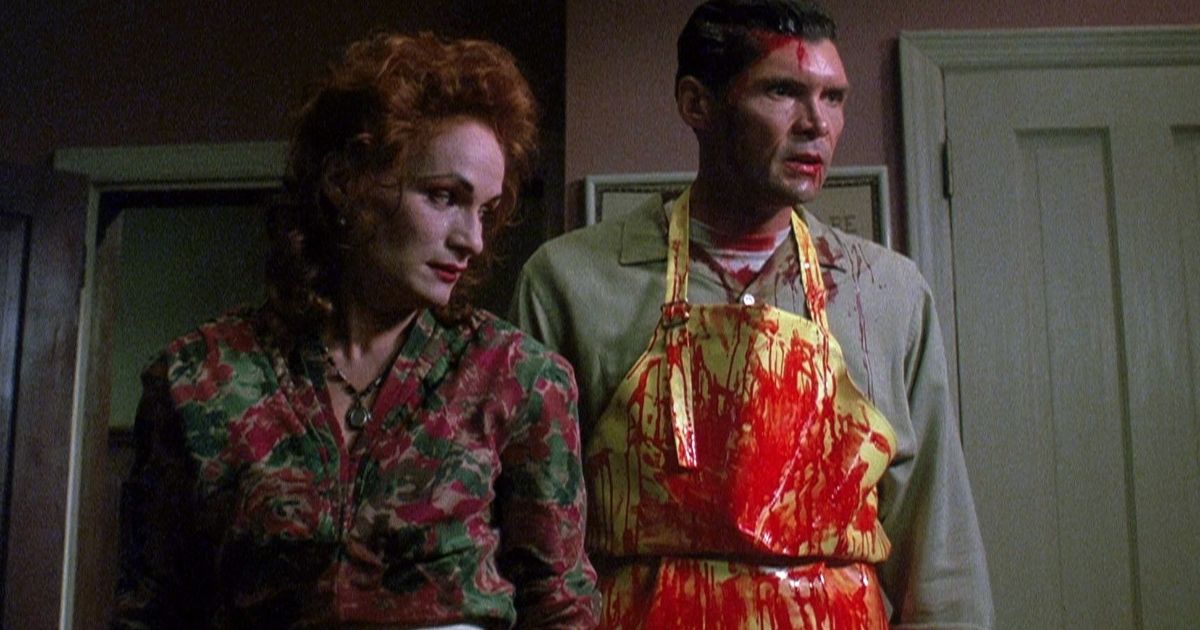
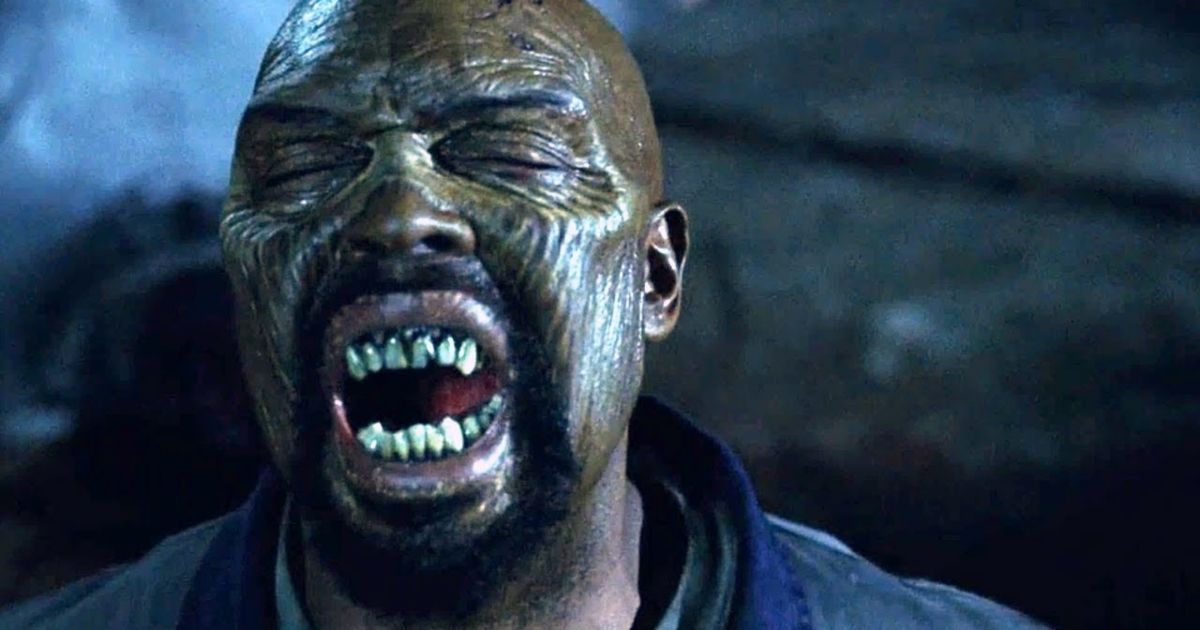
.jpg)
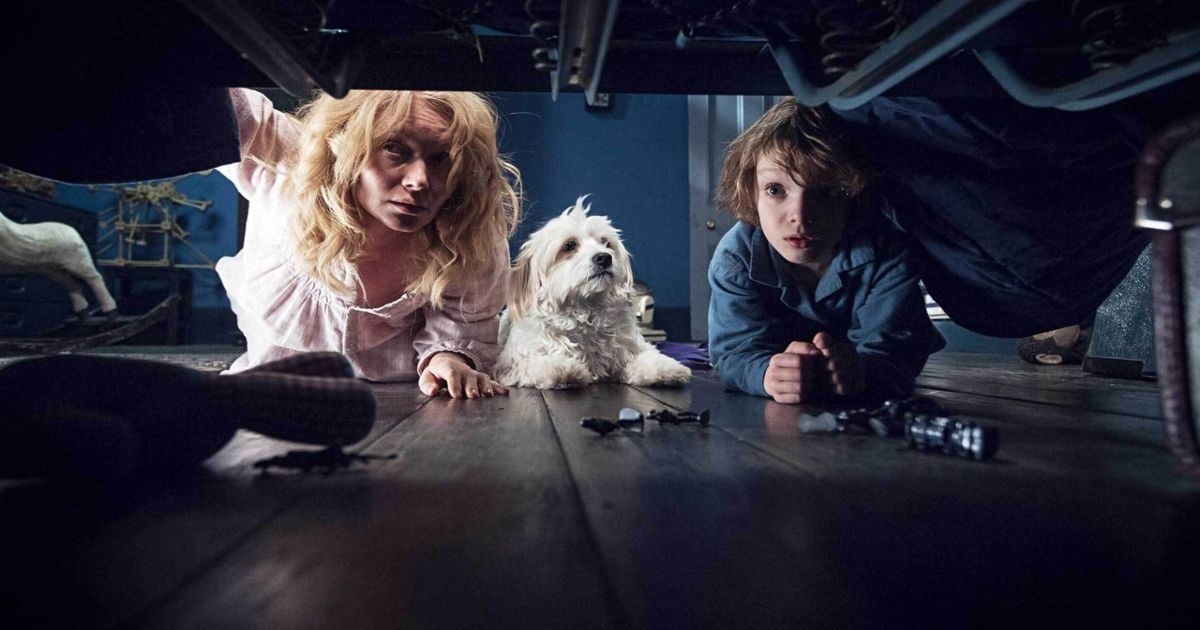

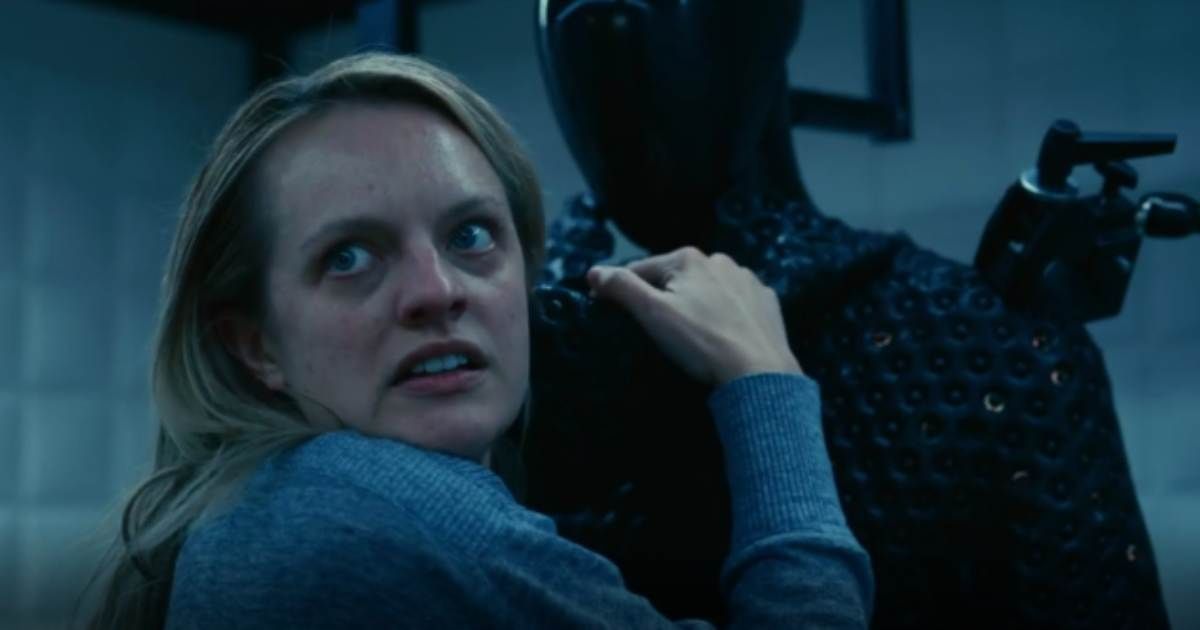

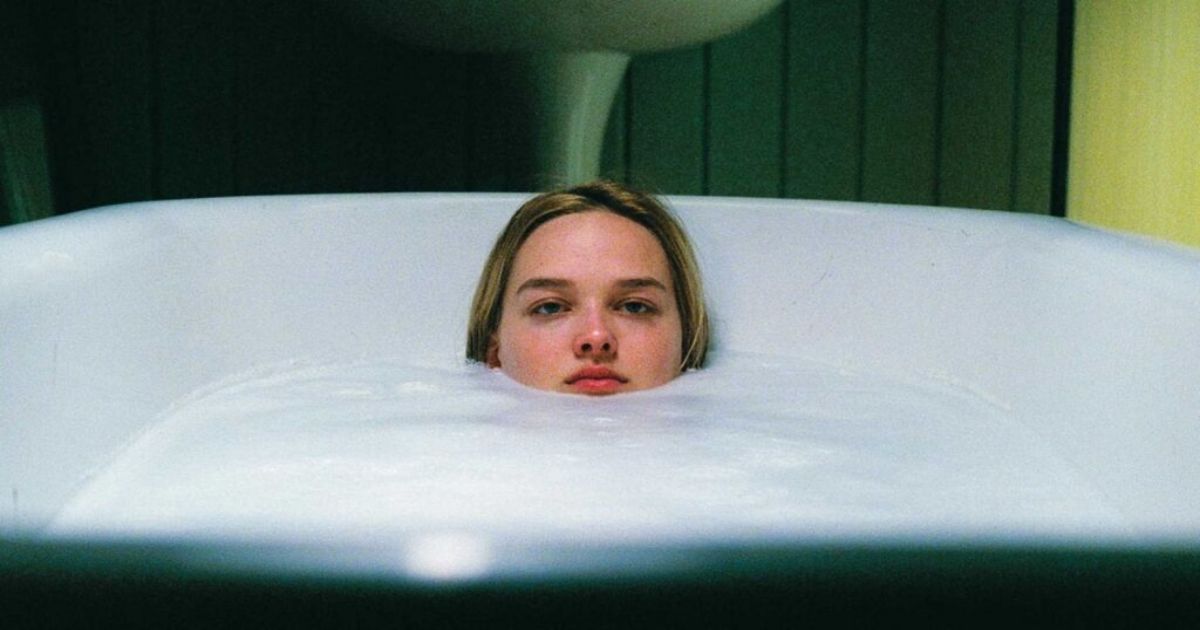
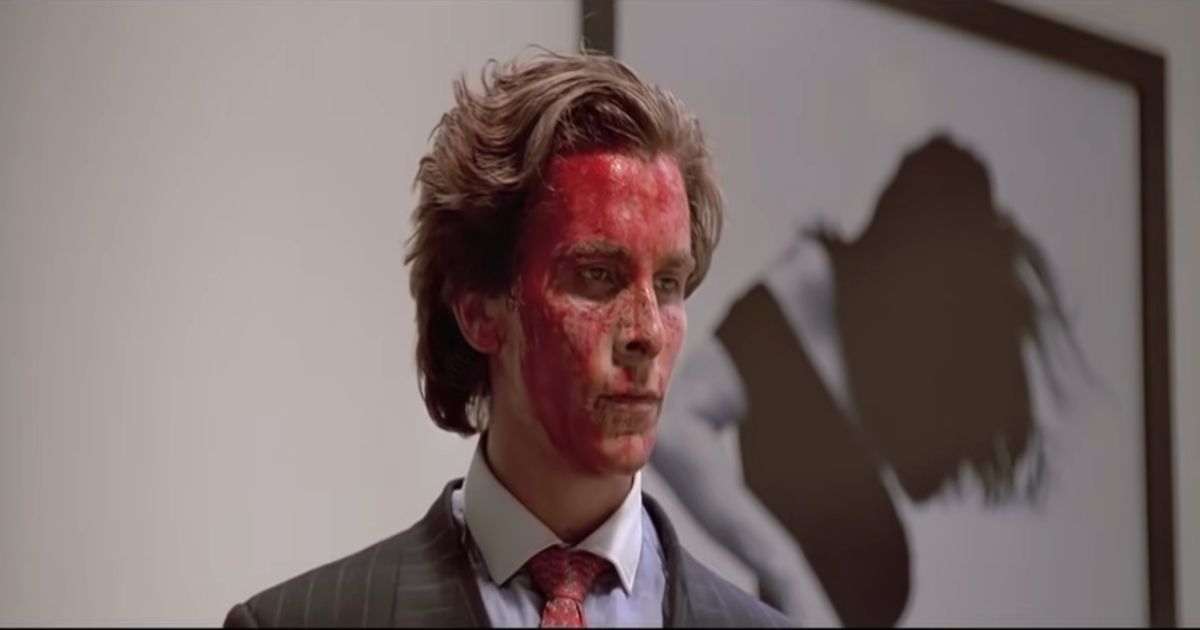
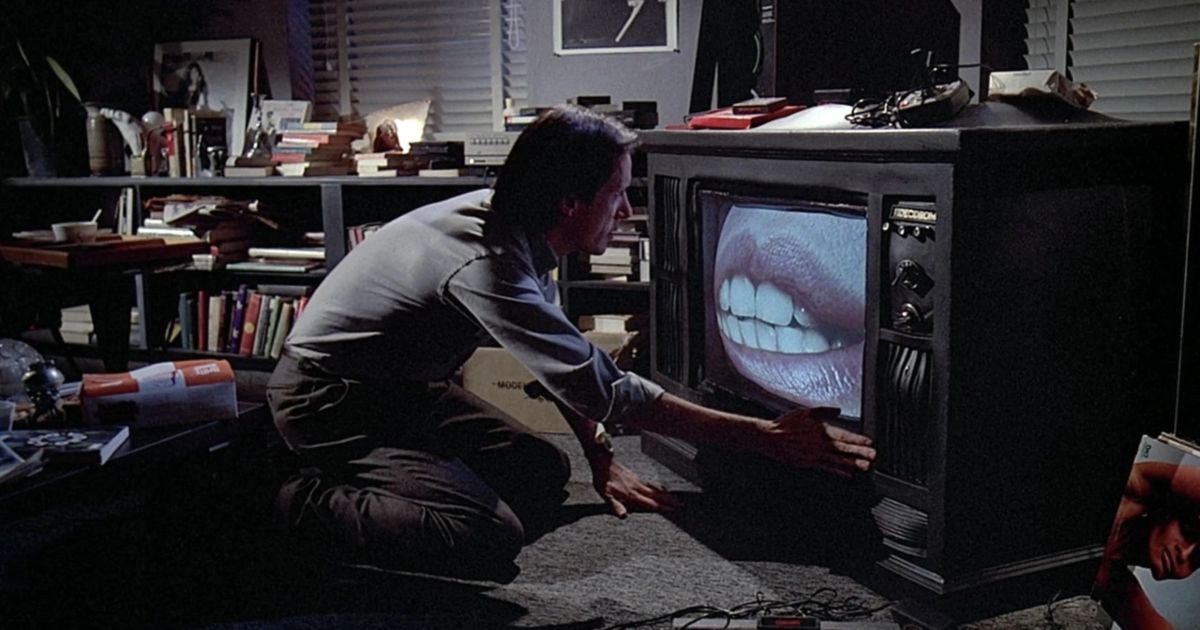
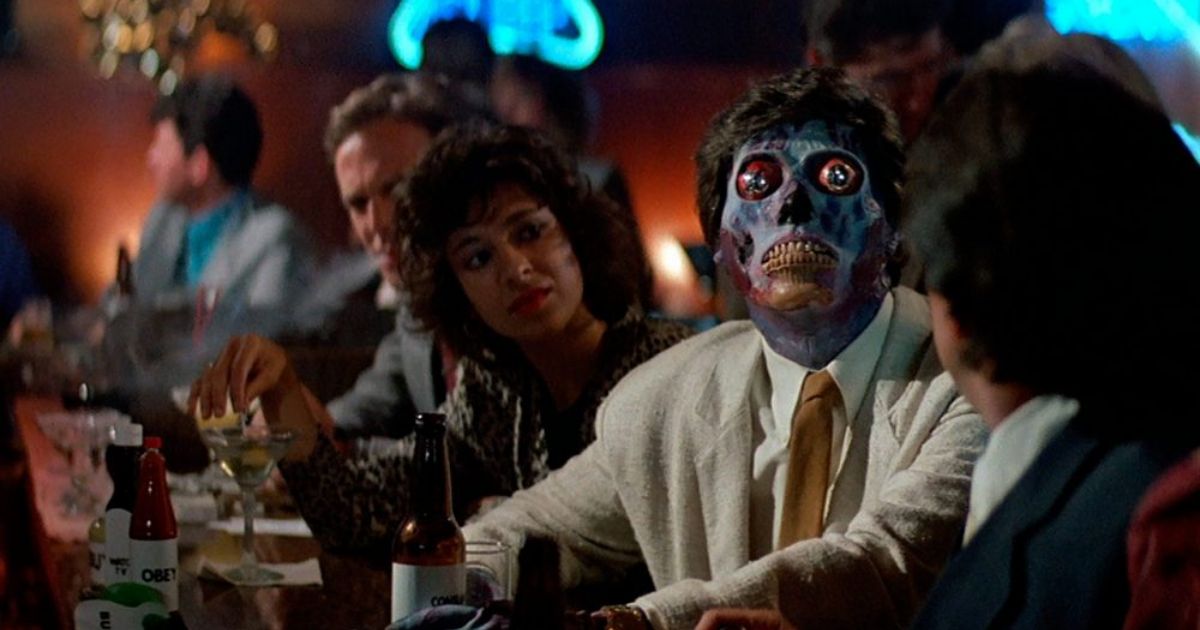

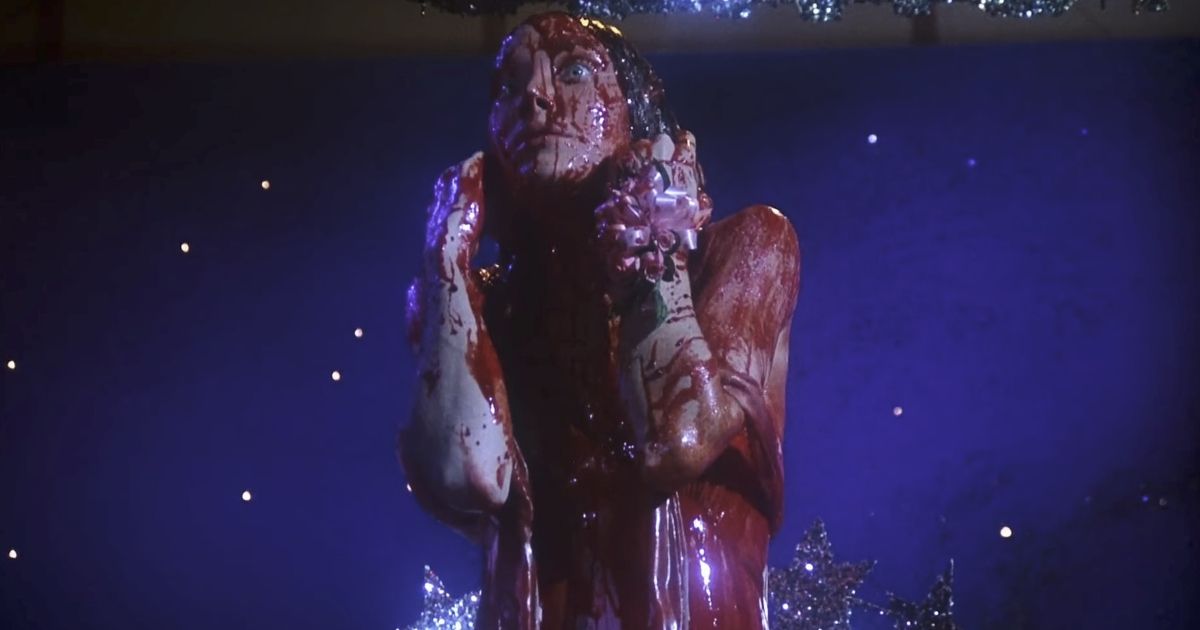
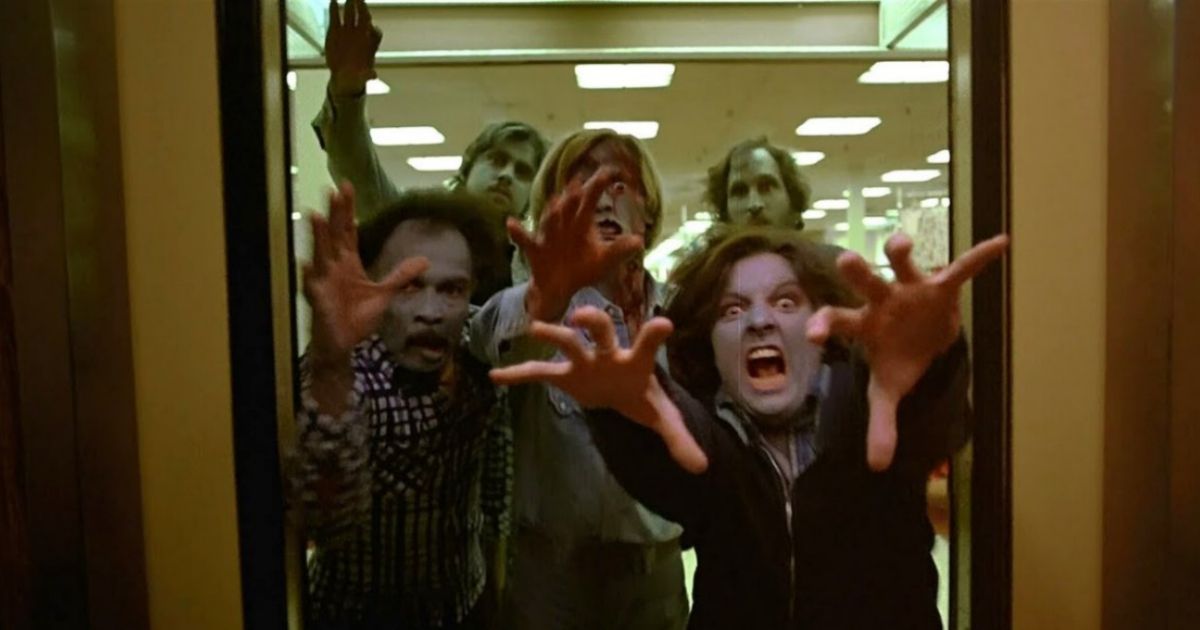
.jpg)
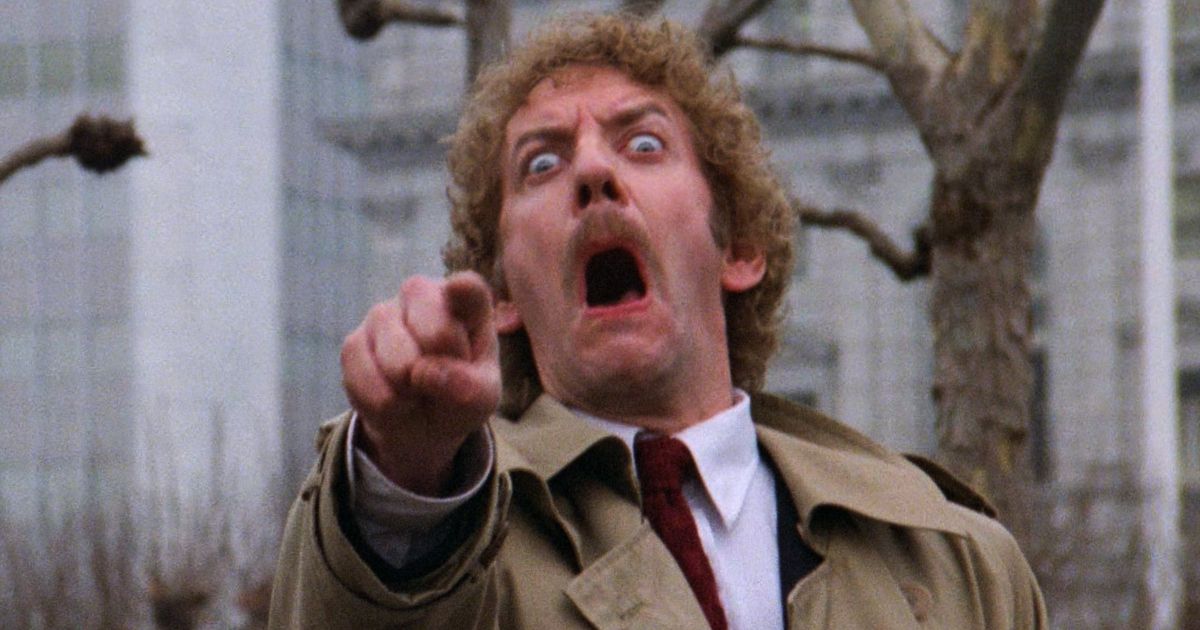
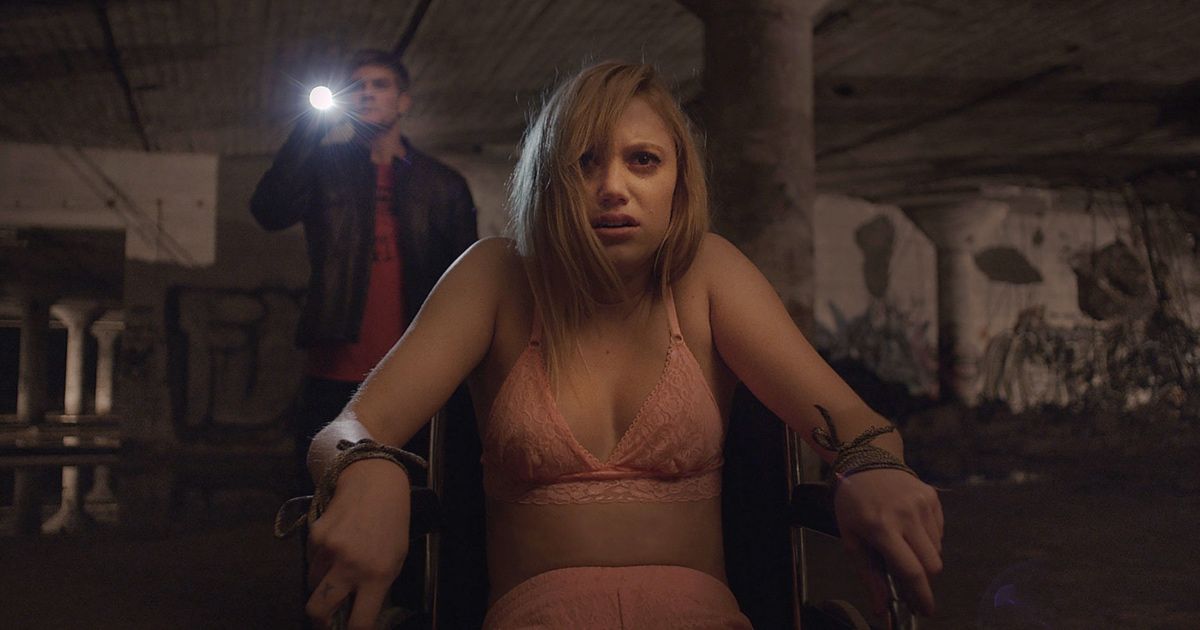
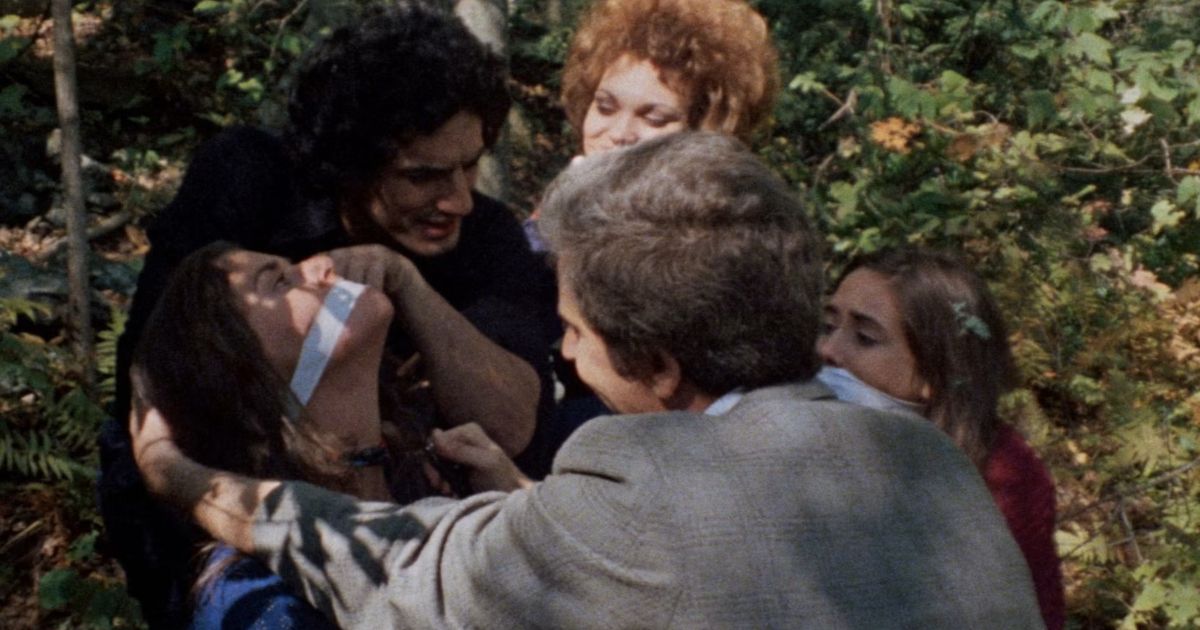
.jpg)
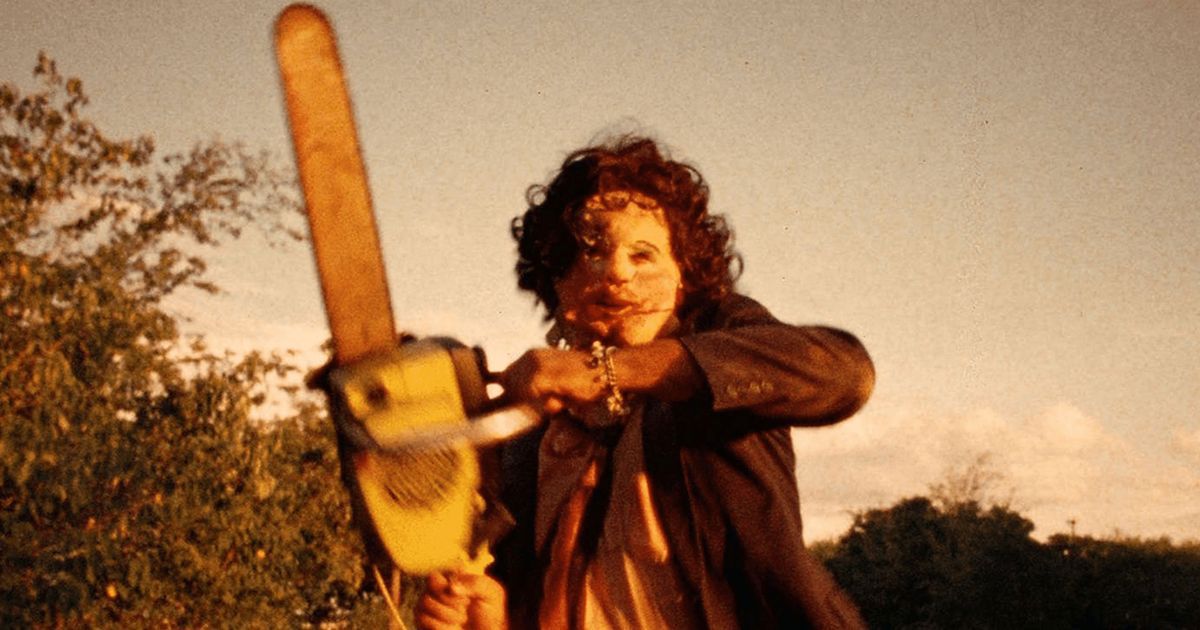
.jpg)
Comments
Post a Comment